
Heliox: Where Evidence Meets Empathy 🇨🇦
Join our hosts as they break down complex data into understandable insights, providing you with the knowledge to navigate our rapidly changing world. Tune in for a thoughtful, evidence-based discussion that bridges expert analysis with real-world implications, an SCZoomers Podcast
Independent, moderated, timely, deep, gentle, clinical, global, and community conversations about things that matter. Breathe Easy, we go deep and lightly surface the big ideas.
Curated, independent, moderated, timely, deep, gentle, evidenced-based, clinical & community information regarding COVID-19. Since 2017, it has focused on Covid since Feb 2020, with Multiple Stores per day, hence a sizeable searchable base of stories to date. More than 4000 stories on COVID-19 alone. Hundreds of stories on Climate Change.
Zoomers of the Sunshine Coast is a news organization with the advantages of deeply rooted connections within our local community, combined with a provincial, national and global following and exposure. In written form, audio, and video, we provide evidence-based and referenced stories interspersed with curated commentary, satire and humour. We reference where our stories come from and who wrote, published, and even inspired them. Using a social media platform means we have a much higher degree of interaction with our readers than conventional media and provides a significant amplification effect, positively. We expect the same courtesy of other media referencing our stories.
Heliox: Where Evidence Meets Empathy 🇨🇦
Optics in the Renaissance Period: Leonardo's Integration of Science and Art
When we talk about Renaissance men, we're really talking about one man.
Leonardo da Vinci didn't just paint the Mona Lisa. He wasn't just responsible for The Last Supper. He was investigating human anatomy with unprecedented precision. He was designing flying machines centuries before the Wright brothers. He was inventing optical devices to perfect perspective. And he was developing theories of light, shadow, and vision that would transform how artists worked for centuries to come.
But here's what most people miss: None of these pursuits were separate for Leonardo.
In today's hyper-specialized world, we've lost something vital – the cross-pollination of disciplines that made Leonardo's genius possible. We've sliced knowledge into increasingly narrow slices, creating experts who know everything about practically nothing. The consequences are everywhere.
The Integration Crisis
Modern society faces complex problems that don't respect our artificial boundaries between disciplines. Climate change isn't just an environmental science problem – it's also economic, technological, sociological, and philosophical. The same goes for AI, healthcare, and virtually every other significant challenge we face.
Yet our institutions, from universities to corporations to government agencies, remain stubbornly siloed. The physicist rarely talks to the poet. The software engineer and the sociologist operate in separate universes. We're trying to solve integrated problems with disintegrated thinking.
Leonardo would find this absurd. ... continue reading the article
This is Heliox: Where Evidence Meets Empathy
Independent, moderated, timely, deep, gentle, clinical, global, and community conversations about things that matter. Breathe Easy, we go deep and lightly surface the big ideas.
Thanks for listening today!
Four recurring narratives underlie every episode: boundary dissolution, adaptive complexity, embodied knowledge, and quantum-like uncertainty. These aren’t just philosophical musings but frameworks for understanding our modern world.
We hope you continue exploring our other podcasts, responding to the content, and checking out our related articles on the Heliox Podcast on Substack.
About SCZoomers:
https://www.facebook.com/groups/1632045180447285
https://x.com/SCZoomers
https://mstdn.ca/@SCZoomers
https://bsky.app/profile/safety.bsky.app
Spoken word, short and sweet, with rhythm and a catchy beat.
http://tinyurl.com/stonefolksongs
Curated, independent, moderated, timely, deep, gentle, evidenced-based, clinical & community information regarding COVID-19. Since 2017, it has focused on Covid since Feb 2020, with Multiple Stores per day, hence a large searchable base of stories to date. More than 4000 stories on COVID-19 alone. Hundreds of stories on Climate Change.
Zoomers of the Sunshine Coast is a news organization with the advantages of deeply rooted connections within our local community, combined with a provincial, national and global following and exposure. In written form, audio, and video, we provide evidence-based and referenced stories interspersed with curated commentary, satire and humour. We reference where our stories come from and who wrote, published, and even inspired them. Using a social media platform means we have a much higher degree of interaction with our readers than conventional media and provides a significant amplification effect, positively. We expect the same courtesy of other media referencing our stories.
This is Heliox, where evidence meets empathy. Independent, moderated, timely, deep, gentle, clinical, global, and community conversations about things that matter. Breathe easy, we go deep and lightly surface the big ideas. Welcome to the Deep Dive. Today we're looking at, well, a giant of history. Leonardo da Vinci. An absolute giant. Yes, painter, of course, a master painter. But also draftsman, sculptor, architect, engineer. I mean, he really was the Renaissance man. The embodiment of it. Known for just incredible skill, that intelligence, and really embodying the humanist ideal. And everyone knows the big ones, right? The Last Supper, the Mona Lisa. Yeah. They still just draw you in. They really do. And for this deep dive, we're not just, you know, looking at the paintings. We want to get behind them. Right. What made him tick. Exactly. We're digging into how his scientific curiosity, especially with optics and perspective, how that directly shaped his art. Yeah. We've got some great sources here looking at things like his perspectigraph. Which is fascinating in itself. Really. And how his science wasn't separate, but actually used to kind of elevate the art itself. And his biography, the works, the whole Renaissance context. It's all part of the picture. Okay, so our mission today, uncover how Leonardo's scientific side directly fed his art, how it influenced his techniques, and maybe even his whole view of painting as this serious intellectual thing. Not just a craft. Not just a craft. Okay, let's unpack this. Where do we start? Well, I think fundamental to Leonardo is his belief about seeing. Sight was everything. Criper videre. Criper videre. Knowing how to see. It wasn't just looking. It was a deep observation. That was the path to knowledge for him. And you really see that everywhere in his work, don't you? Not just art? Oh, absolutely. It drove his engineering ideas, his incredibly detailed studies of nature, plants, animals. He didn't compartmentalize. It was all connected. This drive to really see. Exactly. And his training set him up perfectly for this. His apprenticeship with Verrocchio. Right. That wasn't just learning breaststrokes. Not at all. He was doing metalwork, studying anatomy, really looking closely at plants, animals. And crucially, optics, perspective, color theory, it was incredibly broad. Which leads to this really interesting idea. The science wasn't a hobby, was it? No, not a distraction. Our sources suggest he saw science, especially the principles behind vision and perspective, as a way to boost painting's status. To make it more than just a manual skill. Precisely. To move it from being seen as, you know, a humble craft towards being recognized as one of the liberal arts. alongside things like grammar, logic, geometry. Right. Think about that old distinction like Aristotle's, between the arts for free citizens, the liberal ones, and the manual menial arts. Leonardo wanted painting firmly in that first camp. And showing it scientific basis was the way to do it. It demonstrated intellectual rigor. It wasn't just about having a good eye or a steady hand. And you see that directly in his anatomical studies. Absolutely. Understanding how the body worked, the muscles, the bones, that allowed him to paint the human form with such stunning realism. It wasn't just surface deep. He knew the structure underneath. Exactly. And that same drive for accuracy, for capturing reality consistently, especially depth on a flat canvas, that led him to invent the prospectograph. Ugh. Yes, the prospectograph. He wasn't just happy making far-off things small. No, he wanted a system, something reliable. So what was it, exactly, this device? Okay, picture this. Basically, it's a pane of glass in a frame, and it has a little peephole, a fixed viewing slot. Okay. So Leonardo would set this up between himself and the scene he wanted to paint. He'd look through that single fixed viewpoint and trace the outlines of what he saw directly onto the glass. Like tracing paper, almost. Sort of, yeah. And that tracing became his guide, his template for the painting. It guaranteed the linear perspective was correct from that specific viewpoint. That's brilliant. It's like freezing the view. And it shows his belief that art needed that empirical basis, that observational rigor, just like science. There's that classroom activity one source mentions, Leonardo's window. Helps you get the idea. Oh, yeah. That's a great way to understand it. You just need, like, a window, some acetate, a marker. Right. Tape the acetate to the window. Sit in a chair. Keep your head perfectly still. Close one eye, that's key, the single viewpoint, and trace what you see outside onto the acetate. You're basically doing what Leonardo did with his gadget. Exactly. And suddenly, those abstract rules of perspective, they click. You start seeing the horizon line, right? Yeah. And the orthogonal lines. The ones that seem to rush away and meet at the vanishing point. Yeah. That simple exercise makes it tangible. You see why that fixed viewpoint is so critical. And you see why Leonardo was so obsessed with mastering it. Okay. So perspective was huge for him. And naturally, that pushed him into optics, the science behind seeing. It really did. And interestingly, his first ideas about vision were, well, pretty ancient. The old visual rays theory. Yeah, like Plato believed. That the eye sends out rays that touch objects. Leonardo even wrote about the eye transmitting its image to objects. But he didn't stick with that, did he? His curiosity kicked in. It always did. His own observations wanting a better explanation. By around 1492, his thinking shifted. Towards intromission. Exactly. The idea that light rays come from objects into the eye. Much closer to how we understand it now. And he was reading the experts at the time. Oh, yes. He studied Al-Hazen, the Arab scholar, plus Whitelow, Pecham. He was engaging with the science, figuring out what made sense based on how light actually behaves, reflecting, refracting. Which would definitely impact how you paint light and shadow, realistically. Immensely. The old outgoing ray theory just didn't explain light and shadow distribution as well. So he wasn't just accepting old ideas. He was testing them, thinking critically. Always. and this deeper understanding of optics got him thinking about visual perception itself, how the eye can be tricked, visual illusions. Fascinating. And it wasn't just earthly sight either. He was looking up at the planets. Yeah, astronomy fascinated him, especially planetary reflection. Not so much the cosmological models of the day. More how we see the planets. Exactly. The visual perception of the heavenly bodies. One source even calls his astronomy a handmaiden to his optics. He was always looking for those connections. I love that detail about him experimenting, looking at the moon's shadow by blocking the bright part. Right. Such a direct observational way to study light and shadow. He was really analyzing how light works. How it bounces between things, reflects, reflects. Even between planets. And applying those big picture observations back to how light works on Earth and how to show it in his art. Including analyzing light sources, shadow sources. Ah. The nitty gritty. Totally. He figured out how the brightness of a surface, especially something complex like a face. With all its curves and planes. Right. How its brightness depends on how many light rays hit it and from what angles. That's how he understood differential illumination, why some bits are bright and others are in shadow. Okay, so he's got this deep scientific understanding of light. How does that directly show up in the paintings? What changes? Well, look, he was already a master of chiaroscuro, that light-dark contrast. Everyone knew that. Sure. But this deeper scientific grasp, it took it to another level. He wasn't just objectively recording what he saw anymore. There was an evolution. Definitely. Our sources contrast his earlier work more focused on just getting the forms right with later pieces where the impression of light, its atmosphere becomes much more important. Like the two versions of the Virgin of the Rocks. That's a perfect example. Compare them. The later one just has this heightened sensitivity to light, how it interacts with everything. It's softer, more atmospheric than the earlier, more sharply defined one. And then The Last Supper. Ah, yes. His Capo Lavaro, as one source calls it. His masterpiece. Optics are key there. Absolutely central. The source highlights the meticulous way he handled the light, the shadows cast by the figures. It adds so much drama and depth. It really shows his obsession with optics. And acoustics, too, interestingly. You even wrote about it in his notebooks, right? How far each apostle was from the light source affected their shadow. Exactly. He calculated it. He wasn't just placing figures. He was conducting the light itself within the scene. Wow. And it wasn't just the figures. The details, the objects on the table. Oh, the still life elements are incredible. The food, the tablecloth folds. One source argues this makes him kind of an early master of still life. You can see why. Maybe influencing guys like Caravaggio later with their super dramatic still lives. The realism in those mundane objects. how the light hits them, it was groundbreaking. Sure. Even Vasari, writing back then, noticed it. He said Leonardo added this kind of shadowing to oil painting that gave figures more energy, more three-dimensionality, more punch. Of course, all this is happening during the Renaissance. He wasn't in a vacuum. Not at all. This was a period of massive change, this rebirth in Europe. Big focus on the individual, on humanism. Art was changing too, not just religious themes anymore. Right. more secular subjects, new patrons commissioning work. And perspective becomes huge across the board in art then. Definitely. That drive for realism, for creating believable space on a flat surface, was everywhere. And the Mona Lisa kind of sums up a lot of that Renaissance ideal, doesn't it? It really does. That subtle, realistic shadowing we talked about, giving her face such depth, and that hazy background, the aerial perspective, it all feels so real, yet mysterious. classic Renaissance. It's wild how much Renaissance art still impacts us. Totally. It's still taught, obviously, but it pops up everywhere. Like Beyonce's Renaissance album or Ariana Grande videos. Yeah. The visual language, the styles, the techniques, they're still being used and referenced constantly. And Leonardo is just such a key figure in all of that. His scientific side, especially anatomy and optics, was baked into his art. Couldn't separate them. His curiosity fueled everything. Okay, So let's try and pull this all together. The main takeaway seems to be Leonardo's science wasn't a side project. Not at all. His relentless curiosity, his deep dives into optics perspective, they were fundamental, absolutely central to his art. And to his ambition for what painting could be. Right. Elevating it, making it an intellectual pursuit grounded in principles. His prospectograph, his amazing understanding of light and shadow built on observation and theory, that's what let him create things nobody had seen before. Works with incredible realism, incredible depth. He changed art history, no question. Which leaves us with something for you, the listener, to think about. Consider that power of mixing things up. Art and science for Leonardo. Yeah. When you connect fields that seem separate, what happens? Can integrating different ways of thinking lead to breakthroughs? A deeper understanding? What are the windows, maybe the perspectographs, in your own world that could offer a totally fresh perspective? Something to mull over. Thanks for taking this deep dive with us. Thanks for listening today. Four recurring narratives underlie every episode. Boundary dissolution, adaptive complexity, embodied knowledge, and quantum-like uncertainty. These aren't just philosophical musings, but frameworks for understanding our modern world. We hope you continue exploring our other podcasts, responding to the content, and checking out our related articles at helioxpodcast.substack.com.
Podcasts we love
Check out these other fine podcasts recommended by us, not an algorithm.

Hidden Brain
Hidden Brain, Shankar Vedantam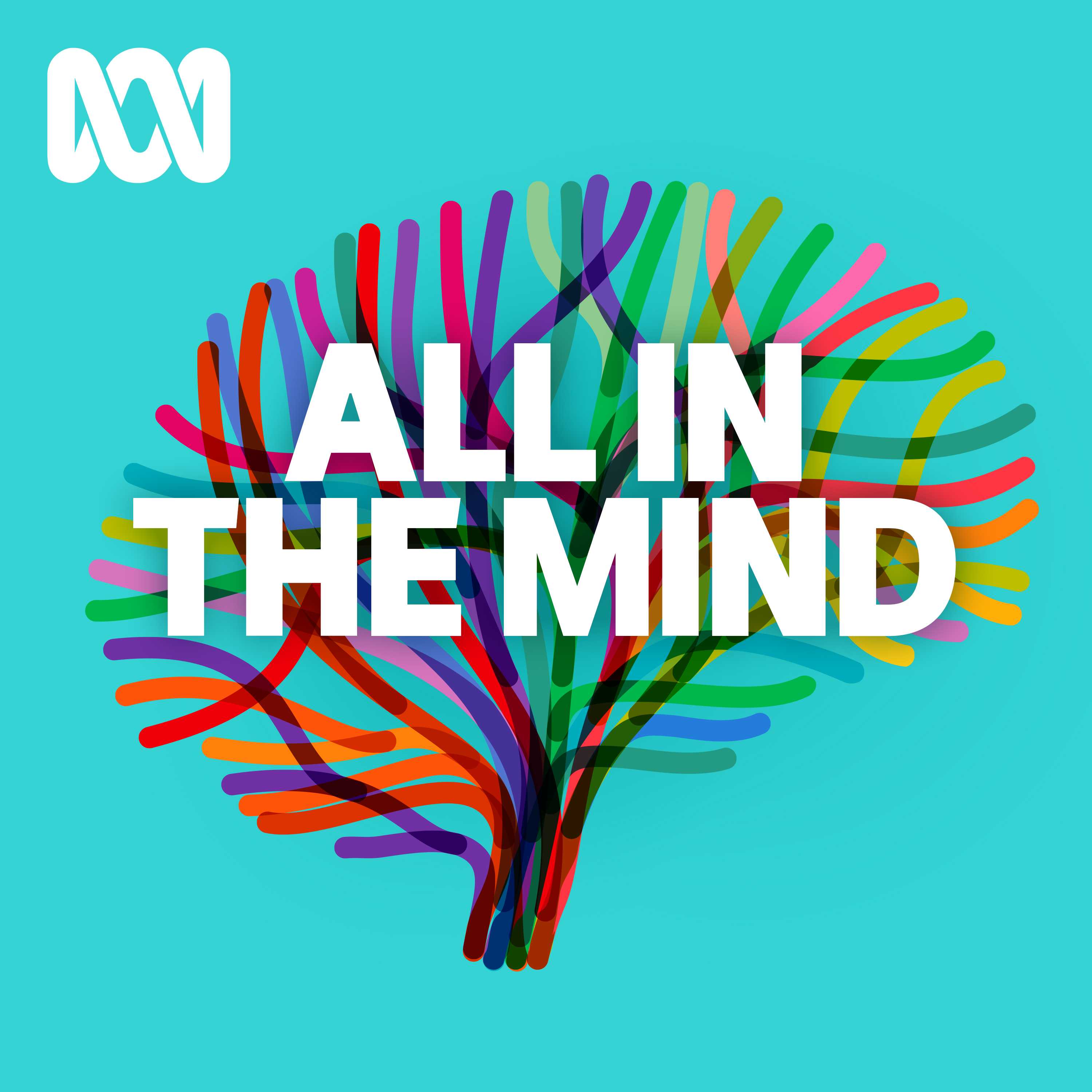
All In The Mind
ABC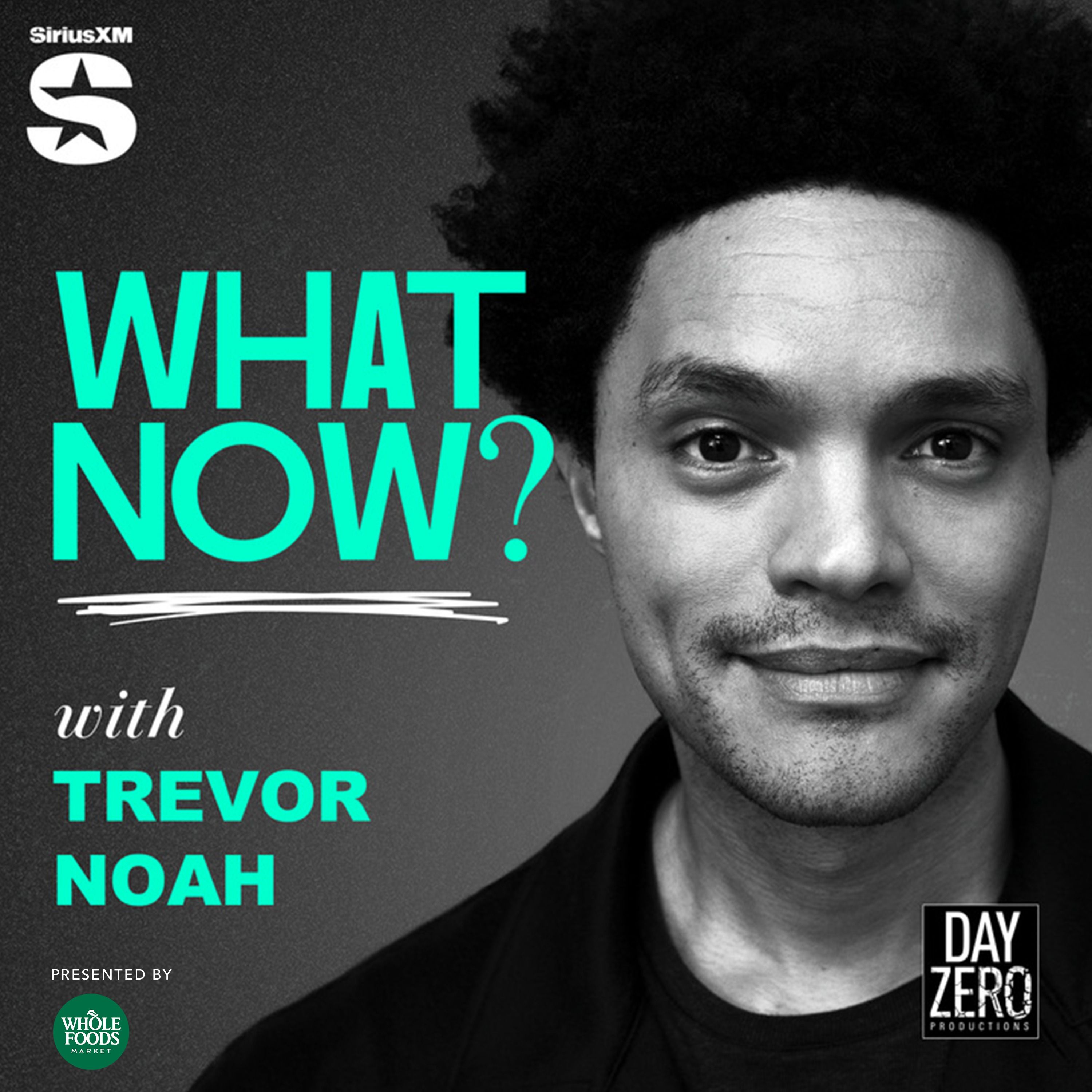
What Now? with Trevor Noah
Trevor Noah
No Stupid Questions
Freakonomics Radio + Stitcher
Entrepreneurial Thought Leaders (ETL)
Stanford eCorner
This Is That
CBC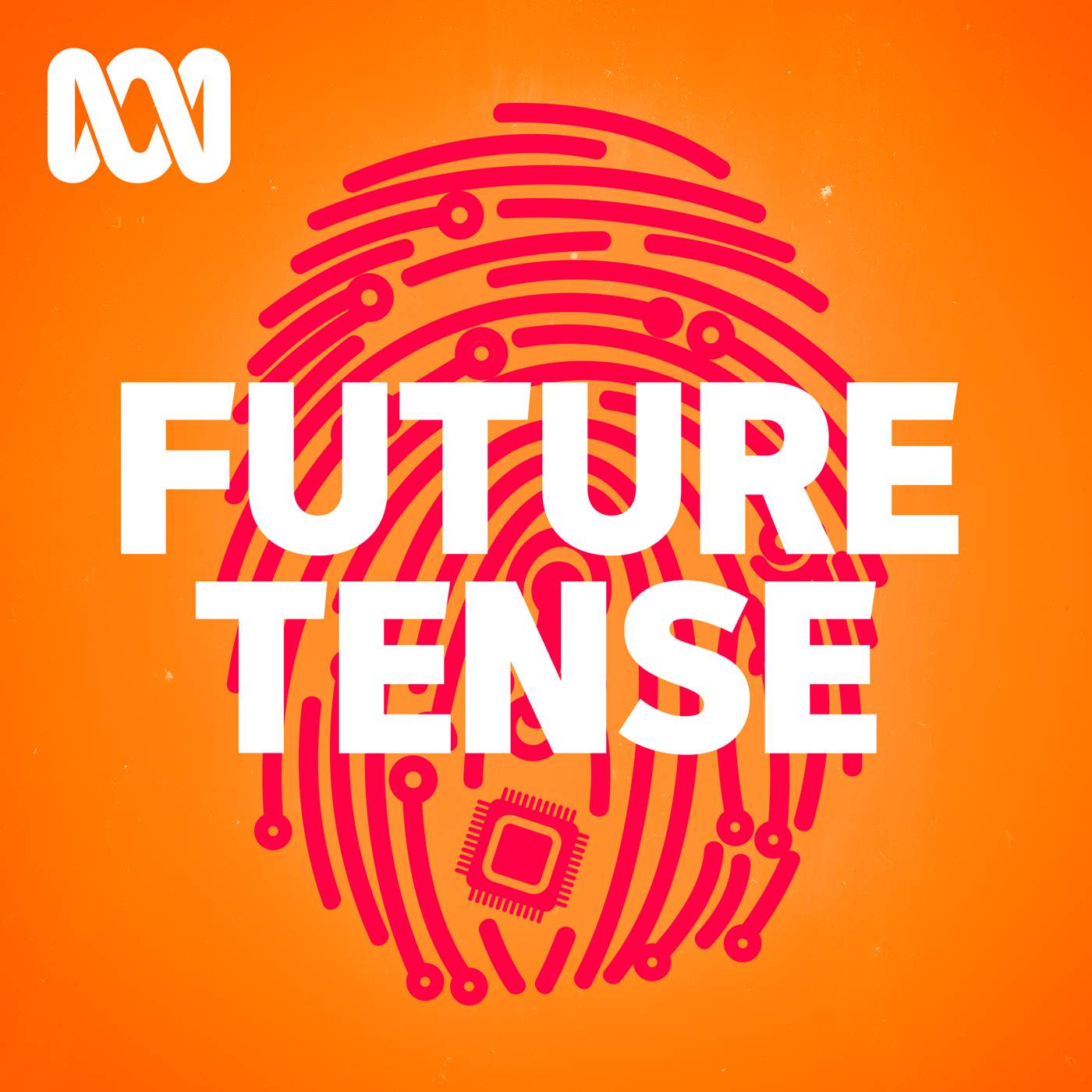
Future Tense
ABC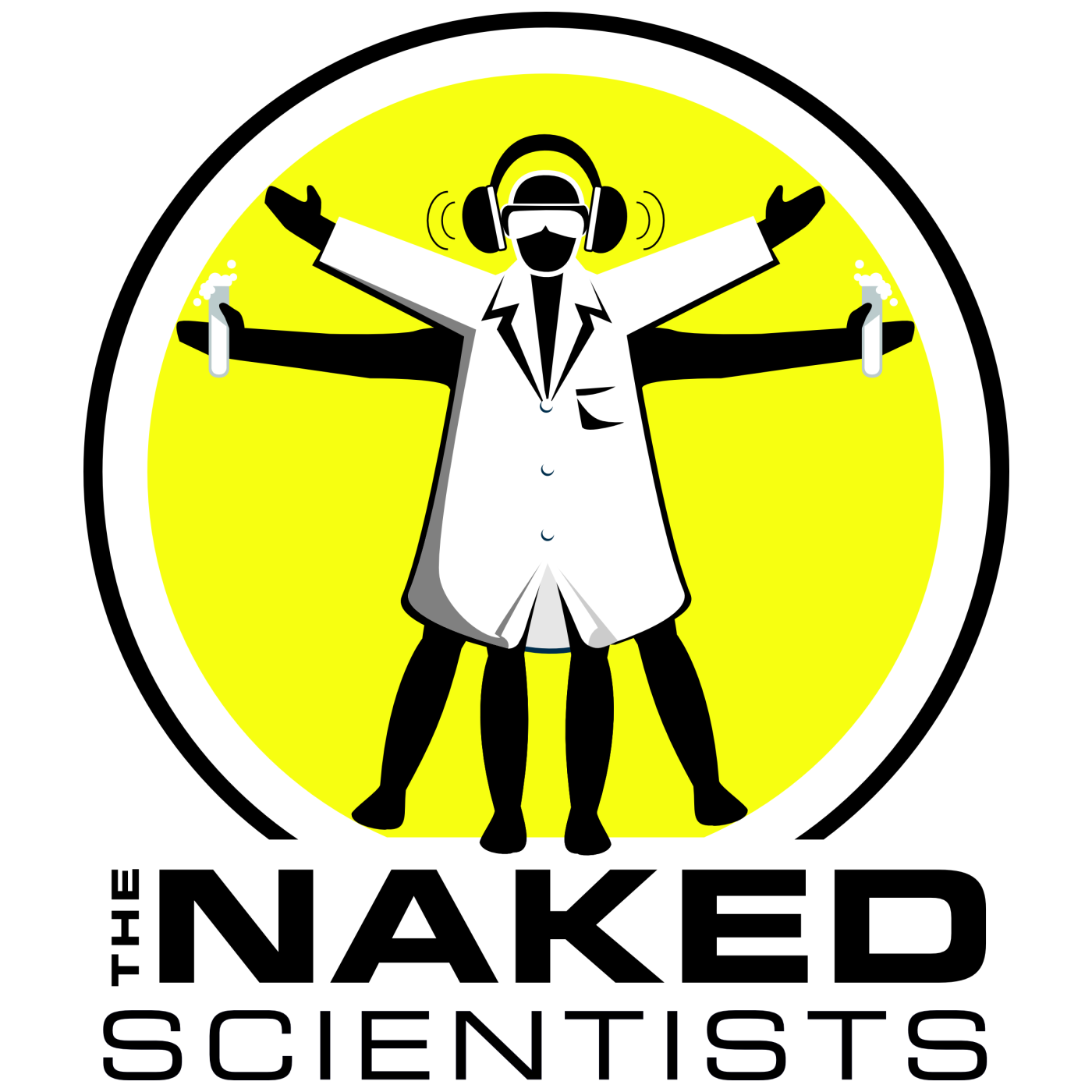
The Naked Scientists Podcast
The Naked Scientists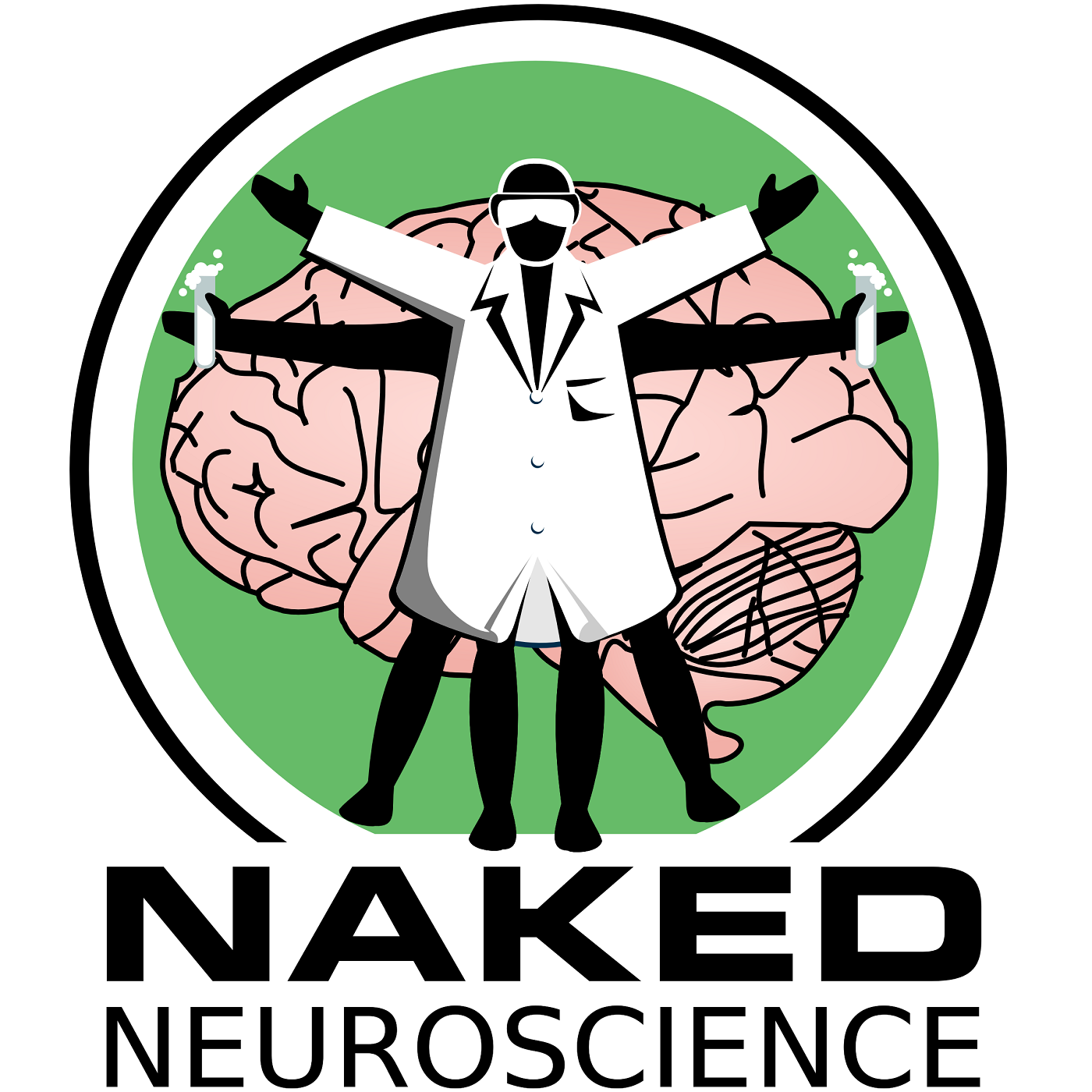
Naked Neuroscience, from the Naked Scientists
James Tytko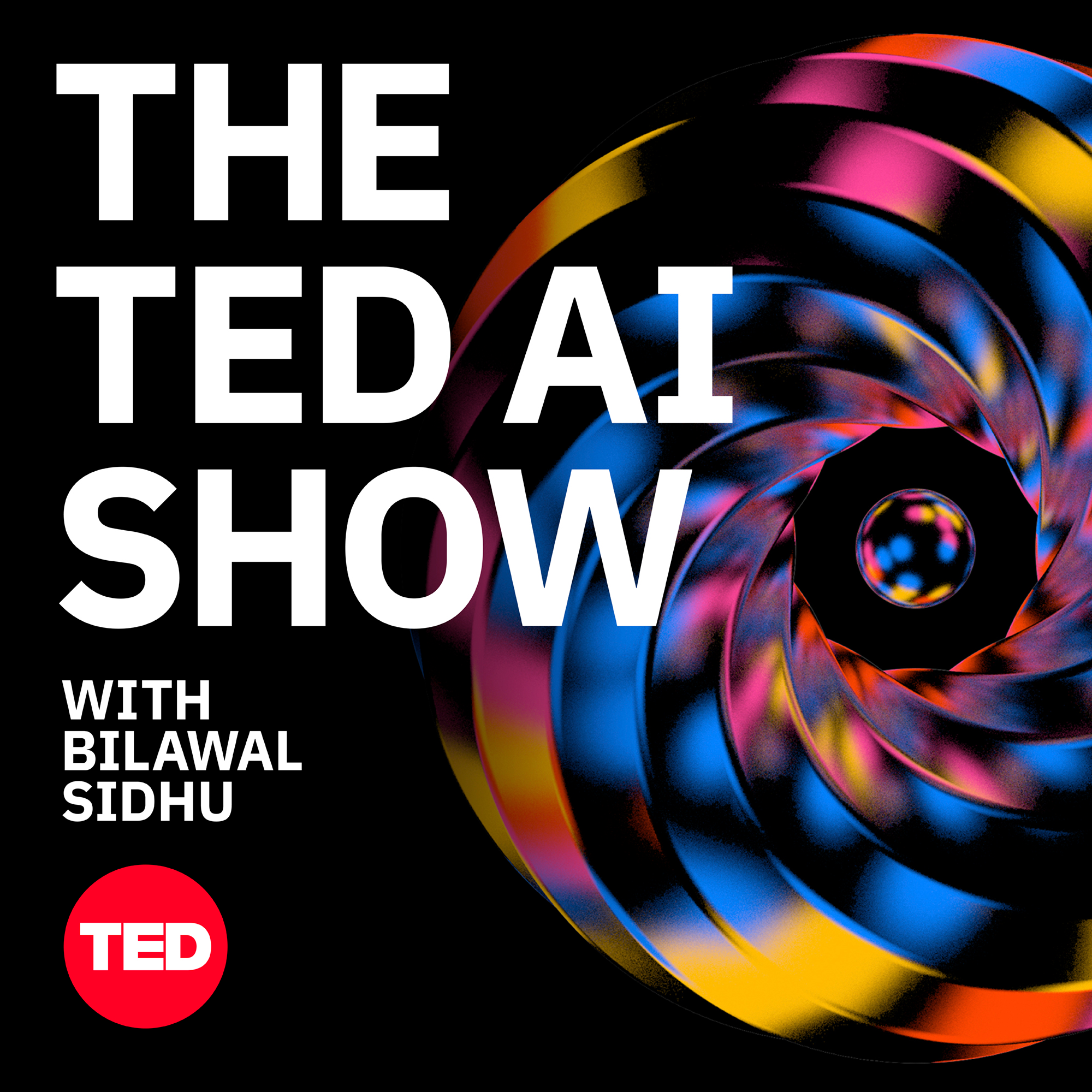
The TED AI Show
TED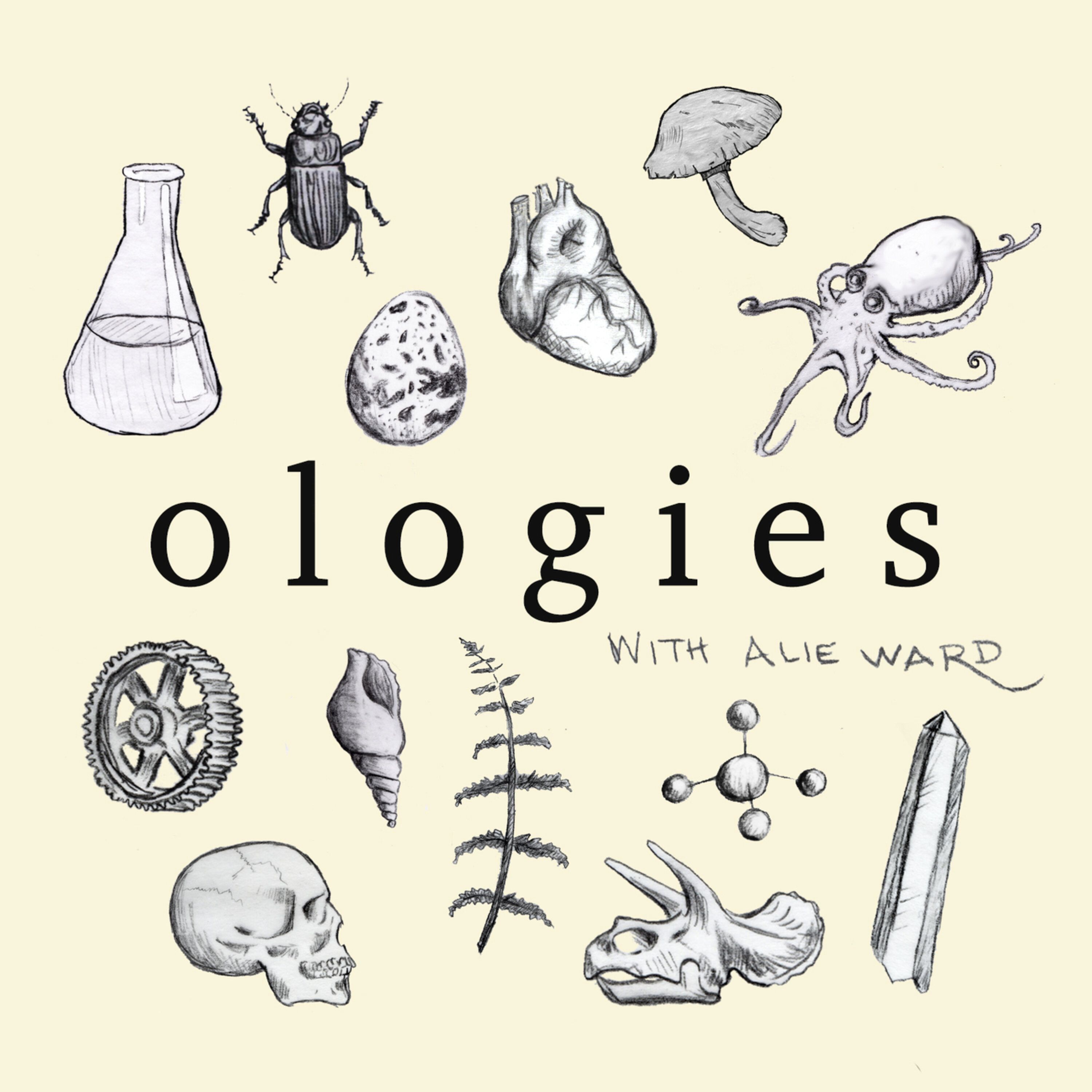
Ologies with Alie Ward
Alie Ward
The Daily
The New York Times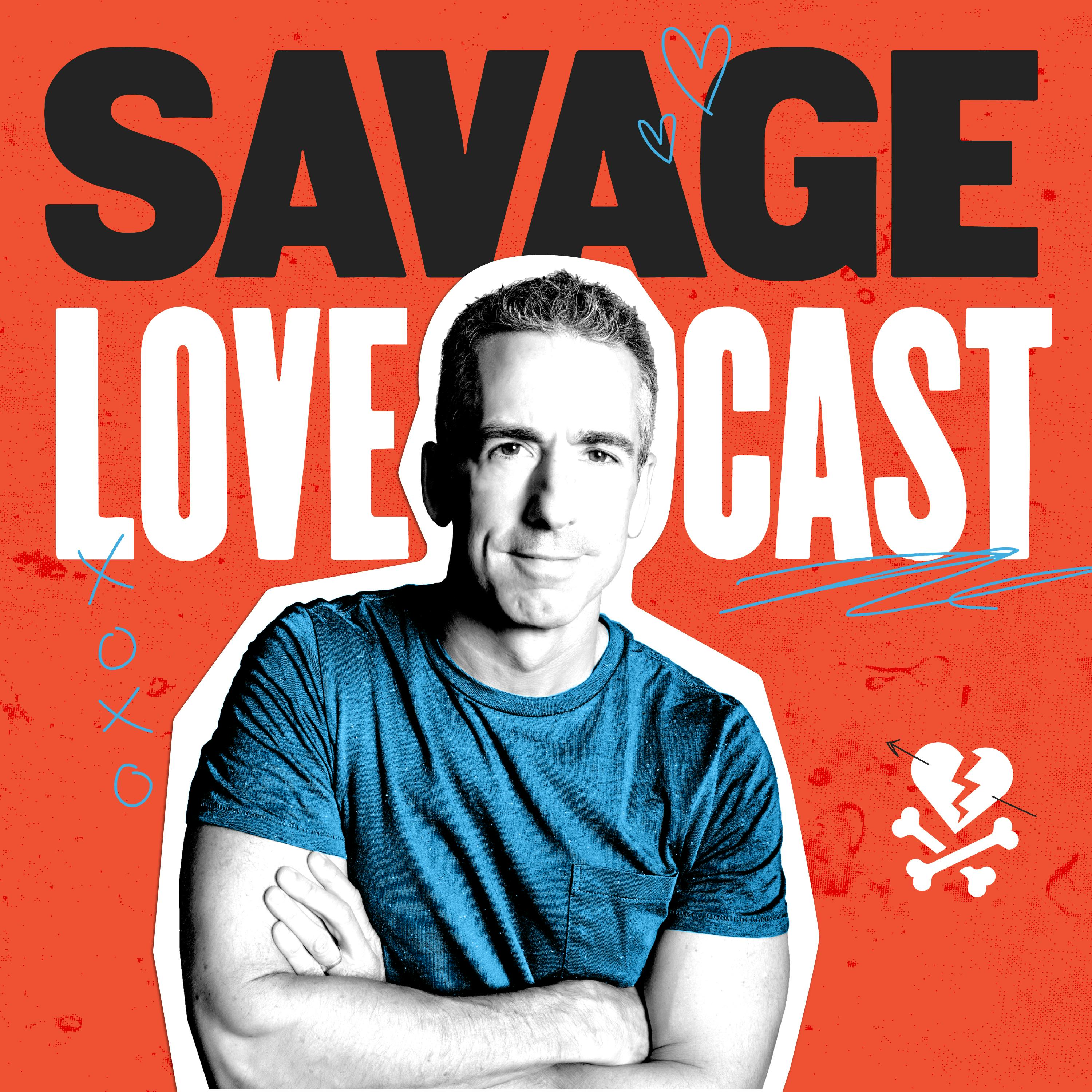
Savage Lovecast
Dan Savage
Huberman Lab
Scicomm Media
Freakonomics Radio
Freakonomics Radio + Stitcher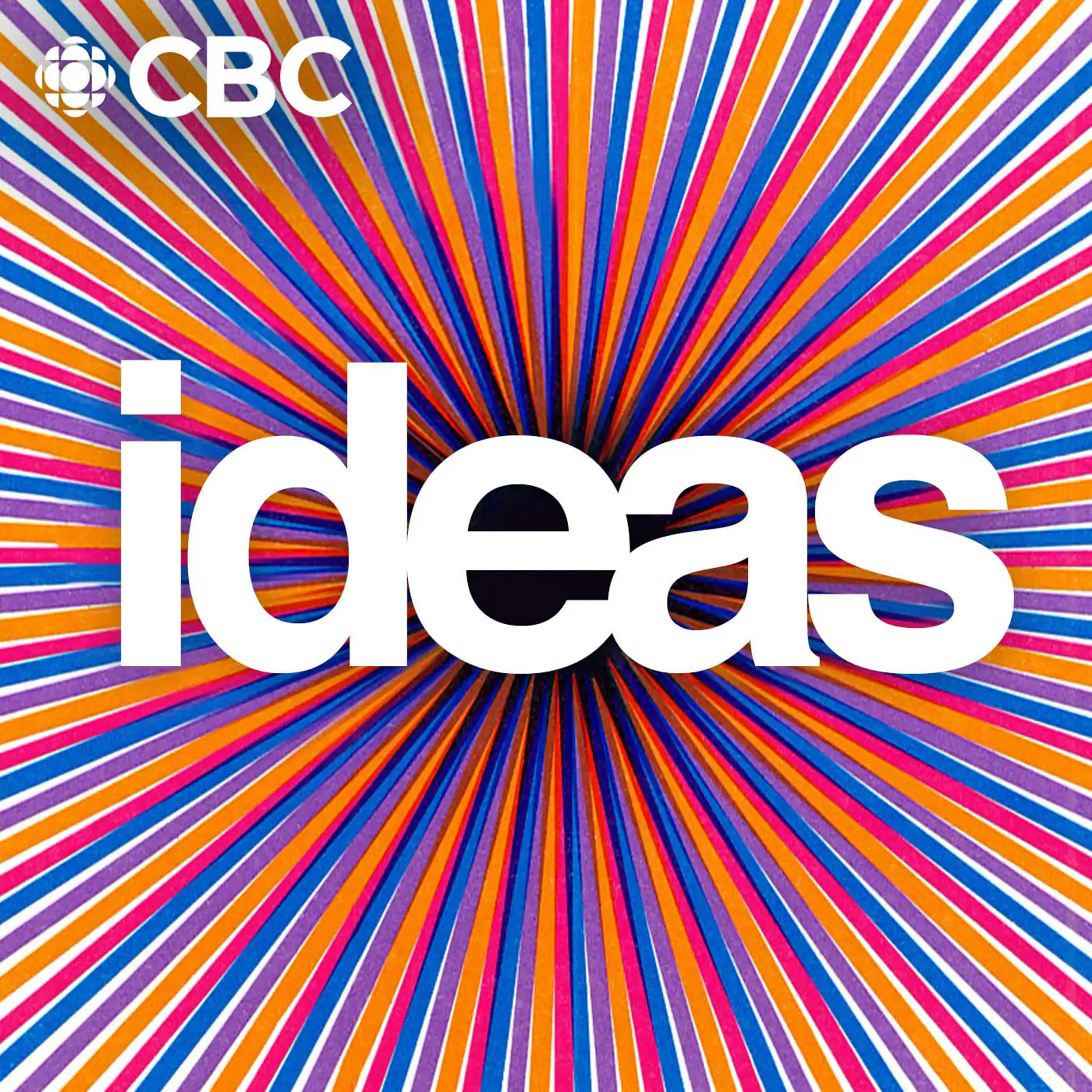
Ideas
CBC

